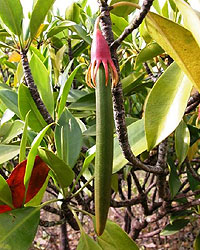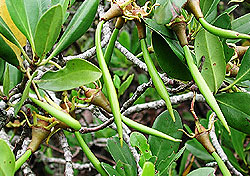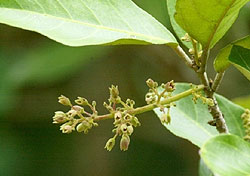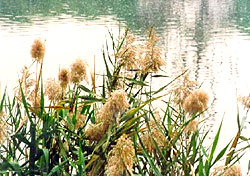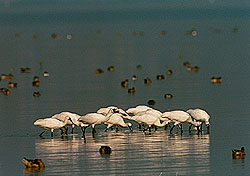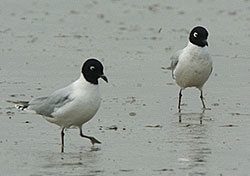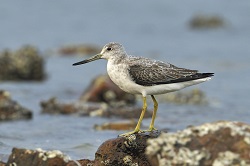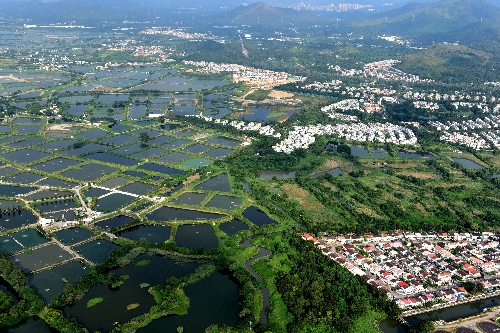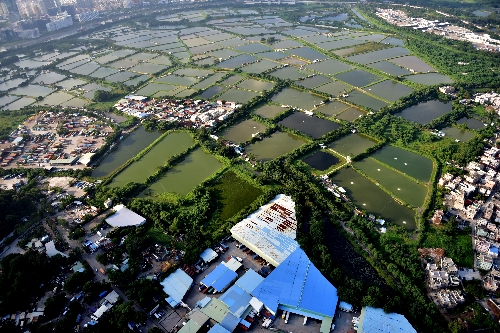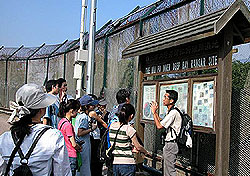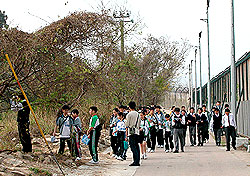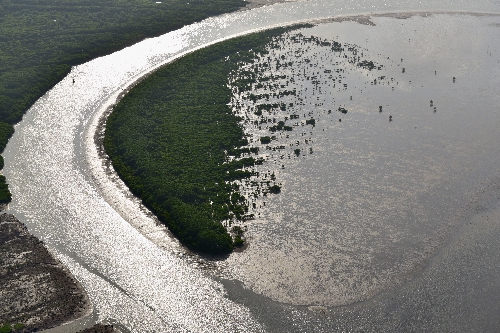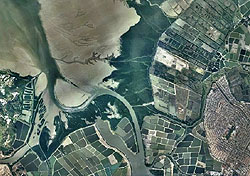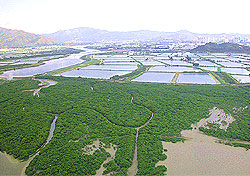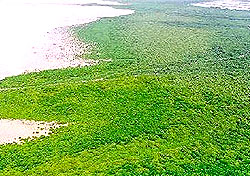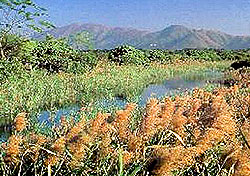General Information about Mai Po Inner Deep Bay Ramsar Site
Hydrology and Physical Environment
The Ramsar Site is a natural shallow estuarine bay lying within the Yuen Long Basin. The average water depth is about 2.9 m and the mean tidal range is 1.4m. Inner Deep Bay receives water and sediments from both Hong Kong and Shenzhen. The sediment forming the core part of the intertidal mudflat is predominantly clay and silt.
The climate of Hong Kong is sub-tropical and under the strong influence of monsoons. Rainfall occurs mainly from April to September. Salinity of the intertidal water shows a clear trend dependent on the seasonality. During the wet season from late spring to summer, salinity drop and sometimes almost freshwater due to the increase in rainfall, the values tend to increase from late summer and approach highest in winter/early spring during the dry season.
The site helps to alleviate flood problems in the northwest of the territory and the mangal are of value in stabilizing the shore of the bay.
Ecological
Wetland Types:
A shallow bay with extensive intertidal mudflats backed by mangal, tidal shrimp ponds (gei wais), fishponds, and reedbed (Phragmites australis) in some gei wais and along the coast.
Mangroves:
The major species of mangroves are:
- Kandelia obovata
- Avicennia marina
- Aegiceras corniculatum
- Bruguiera gymnorhiza
- Excoecaria agallocha
- Acrostichum auerum
The major mangrove associate is:
Birds:
The Ramsar Site supports a high diversity of birds. About 440 species, representing around 75% of the Hong Kong birds, have been recorded there. The Site regularly supports some 46,000-66,000 waterbirds in winter. It is an important feeding and resting ground for wintering and migratory birds, including a number of globally threatened species (e.g. Black-faced Spoonbill, Saunders's Gull and Nordmann's Greenshank).
Land ownership and uses:
- The majority of the site is government land, but most fishponds have been leased or licenced to operators engaged in fish farming. This is the only place in Hong Kong where gei wais (intertidal shrimp ponds) are in operation.
- Main activities at the site are nature conservation, scientific research, nature education and ecotourism, bird watching and nature appreciation, fish farming, and small-scale rural settlement.
- In the surroundings, there are brackish/freshwater fishponds, open storage, and residential area. The Hong Kong Wetland Park (HKWP) located at the northern part of Tin Shui Wai adjacent to the Ramsar site is a 61 hectare theme park. The HKWP project upgrades the originally intended ecological mitigation area into a conservation, education and eco-tourism facility for local residents and overseas visitors.
